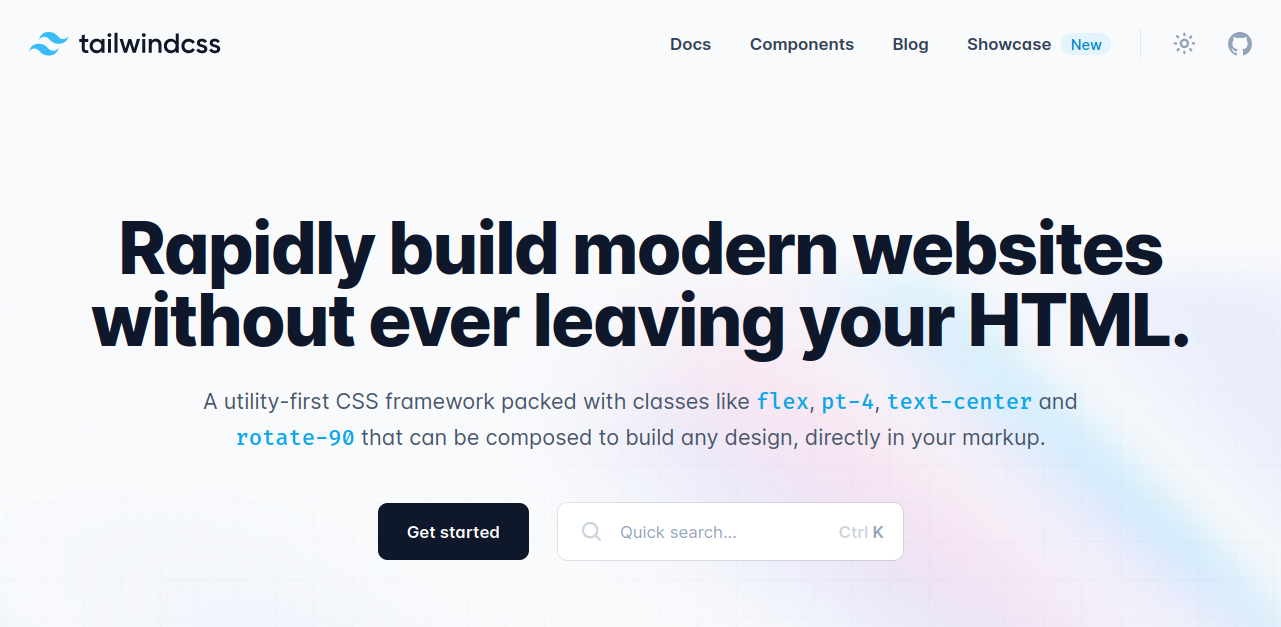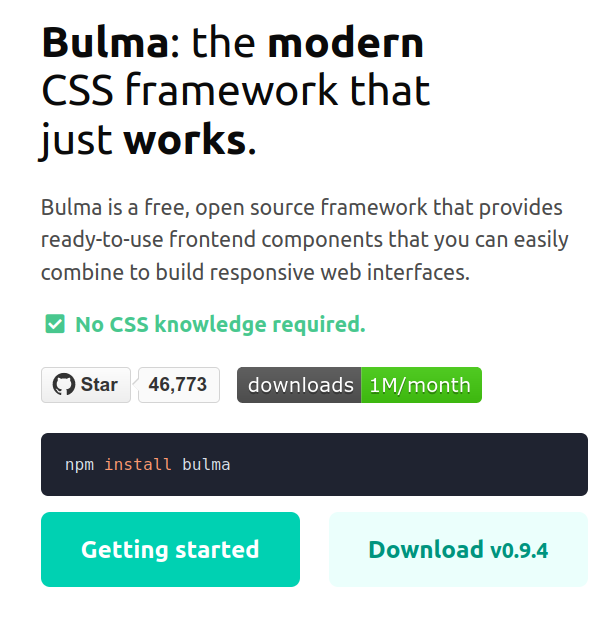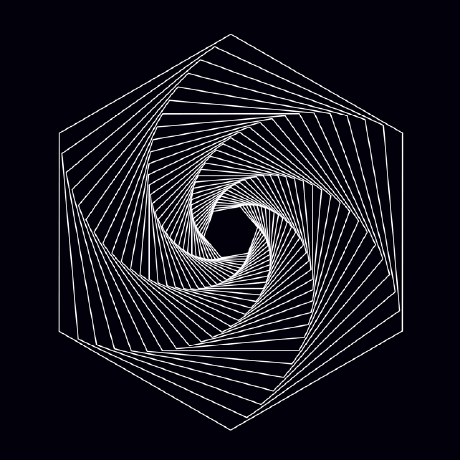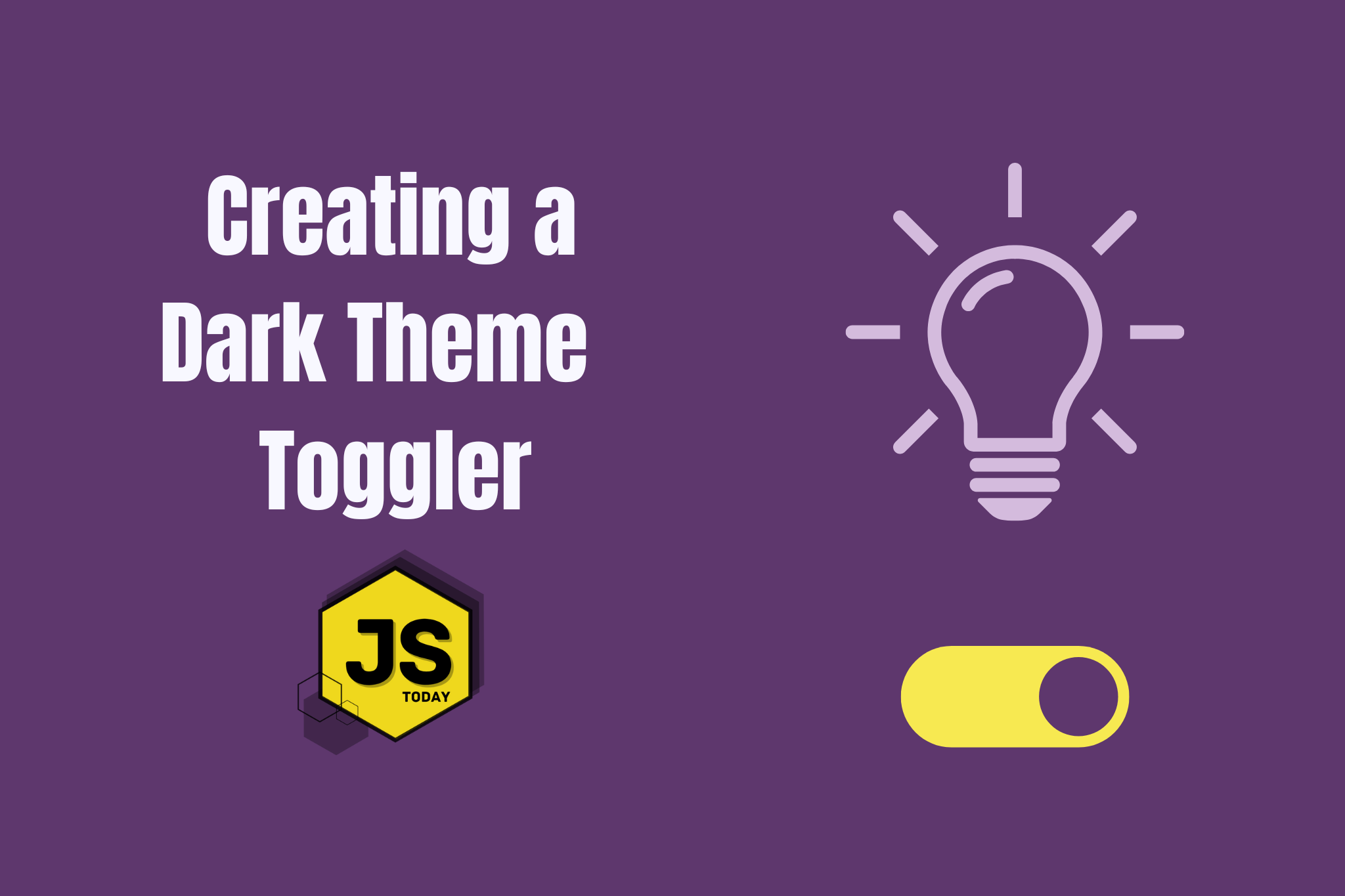CSS frameworks have been a crucial part of web development for many years now. They offer a lot of pre-designed UI elements and styles that allow us developers to quickly and easily create beautiful and responsive websites.
With the constantly changing landscape of web development, new CSS frameworks are always emerging, and some older frameworks are becoming outdated. Here, we take a look at the top CSS frameworks that are expected to dominate the web development scene in 2023.
1. Bootstrap 5
Created by Twitter, Bootstrap is the most popular CSS framework in the world and is getting a major overhaul with its latest version, Bootstrap 5. The new version promises to bring a number of new features, improvements, and enhancements, making it even easier for developers to create responsive and beautiful websites.

One of the biggest changes in Bootstrap 5 is the removal of jQuery as a dependency. jQuery has been a staple of Bootstrap for many years, but with the increasing popularity of modern JavaScript frameworks, its usage has become less necessary. By removing jQuery, Bootstrap 5 has become lighter and faster, making it a more attractive option for developers who want to build fast and responsive websites.
2. Tailwind CSS
Tailwind CSS is a new and innovative CSS framework that has taken the web development community by storm. It is a utility-first CSS framework that allows developers to quickly create fast, responsive, and beautiful websites with minimal CSS code.

One of the unique features of Tailwind CSS is its utility-first approach. Unlike traditional CSS frameworks that provide pre-designed components, Tailwind CSS provides a set of utility classes that can be combined to create custom designs. This means that developers can build custom styles for their websites without writing any CSS code.
Note: The new JavaScript Today is built with TailwindCSS.
3. Foundation
Foundation CSS is a popular and powerful CSS framework that has been around for many years. It provides a solid foundation for building responsive and accessible websites, and has been used by many developers and organizations to create high-quality web projects. One of the key strengths of Foundation CSS is its versatility. The framework includes a wide range of CSS components and utilities, including a flexible grid system, UI elements, typography styles, and more. This means that developers can use Foundation CSS to create a wide range of different websites, from simple personal portfolios to complex e-commerce platforms.
4. Bulma
Perhaps my favorite out of this list, Bulma is a modern and flexible CSS framework that has been gaining popularity among web developers in recent years.
It is a CSS-only framework that provides a comprehensive set of styles and components for building responsive and beautiful websites.
{{< image title=“” w=“” h=“” o=“webp q100” p=“center” c=“rounded” src=“images/bulma.png” alt=“Bulma CSS Framework”>}}

One of the key features of Bulma CSS is its simplicity. The framework is built with simplicity in mind, and its clean and straightforward design makes it easy for developers to quickly get up and running with the framework. The framework includes a range of components and styles, including a flexible grid system, UI elements, typography styles, and more, making it easy for developers to create a wide range of different websites.
With its simplicity, responsiveness, and advanced features, it is an excellent choice for developers looking to create high-quality web projects. Definitely give Bulma a try!
5. Semantic UI
In the world of web development, there is a constant demand for tools that make building user interfaces more efficient and less time-consuming.
One such tool is Semantic UI, a popular framework for designing and building responsive, intuitive, and visually appealing websites. This framework offers a range of features that make it an ideal choice for web developers looking to build high-quality and user-friendly interfaces.
Semantic UI was first released in 2013 and has since become one of the most widely used front-end frameworks. It is a CSS framework that uses human-friendly HTML to style web applications and provides a wide range of UI components that can be used to build beautiful and functional web pages.
6. Materialize
The world of web development is constantly evolving, and developers are always in need of tools that can help them build modern and visually appealing web interfaces quickly and efficiently. One such tool is Materialize CSS, a popular front-end framework that is designed to make it easy to create high-quality and intuitive web pages and applications.
Materialize CSS is a CSS framework that was created based on the Material Design guidelines developed by Google. Material Design is a visual language that was created to provide a consistent and intuitive user experience across all devices and platforms. Materialize CSS brings this language to the web, making it easy for developers to create web pages that are visually appealing, functional, and intuitive.
Another advantage of Materialize CSS is its ease of use.
7. Spectre.css
Spectre.css was first released in 2015 and has since become one of the most widely used CSS frameworks.
It is designed to be lightweight, with a small file size that makes it easy to load and fast to execute. This makes it an ideal choice for developers who want to build web pages and applications that are quick and responsive, without sacrificing quality or performance.
One of the key features of Spectre.css is its wide range of UI components.
The framework includes a range of components, including –
- buttons
- forms
- icons
- labels
and more, all of which are designed to look and work consistently. This makes it easy for developers to create cohesive and visually appealing interfaces, without having to spend hours writing custom CSS code.
Spectre.css is also designed to be easy to use, with a simple and straightforward syntax that is easy to understand and write. The comprehensive documentation and examples make it easy to get started and understand how to use the framework effectively, and the framework’s support for pre-built classes makes it easy to create modern and visually appealing interfaces quickly and efficiently.
8. Ant Design
Ant Design was first released in 2016 and has since become one of the most widely used CSS frameworks.
It is designed based on the principles of Material Design, a visual language developed by Google that provides a consistent and intuitive user experience across all devices and platforms. Ant Design brings these principles to the web, making it easy for developers to create modern and visually appealing web pages and applications.
One of the key features of Ant Design is its comprehensive set of UI components. The framework includes a wide range of components, including buttons, cards, forms, icons, navbars, and more, all of which are designed to look and work consistently. Each component is also designed to be easily customizable, allowing developers to change the look and feel of their web pages as needed.
9. Milligram
Milligram is a minimalist CSS framework designed to make web development faster and easier. Developed by CJ Patoilo, it provides a simple and clean design aesthetic with a focus on performance, readability, and efficiency.
One of the key features of Milligram is its small size. The entire framework weighs in at just 2KB, making it one of the smallest CSS frameworks available!
Conclusion
It is important to consider the specific needs of your project. Some frameworks may be better suited for certain types of projects, while others may be overkill for simpler projects. Factors to consider include the size of the project, the target audience, the desired style and aesthetics, and the level of customization required.
Discussion (Loading...)
Join the Discussion
Sign in to share your thoughts and engage with the JavaScript Today community.




